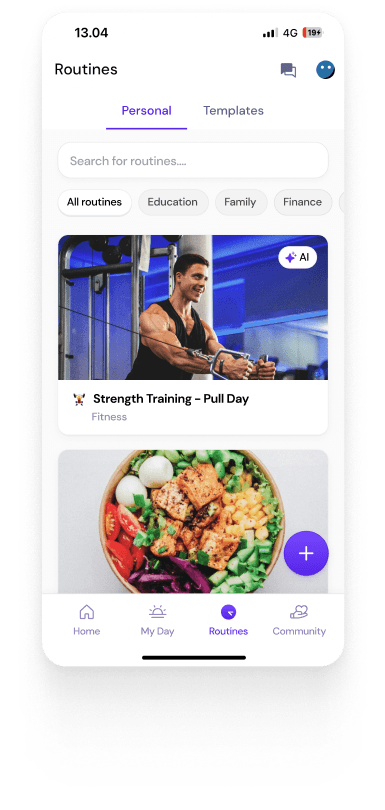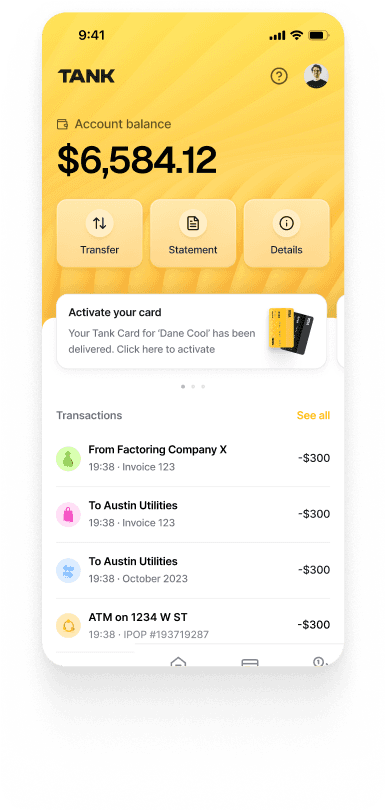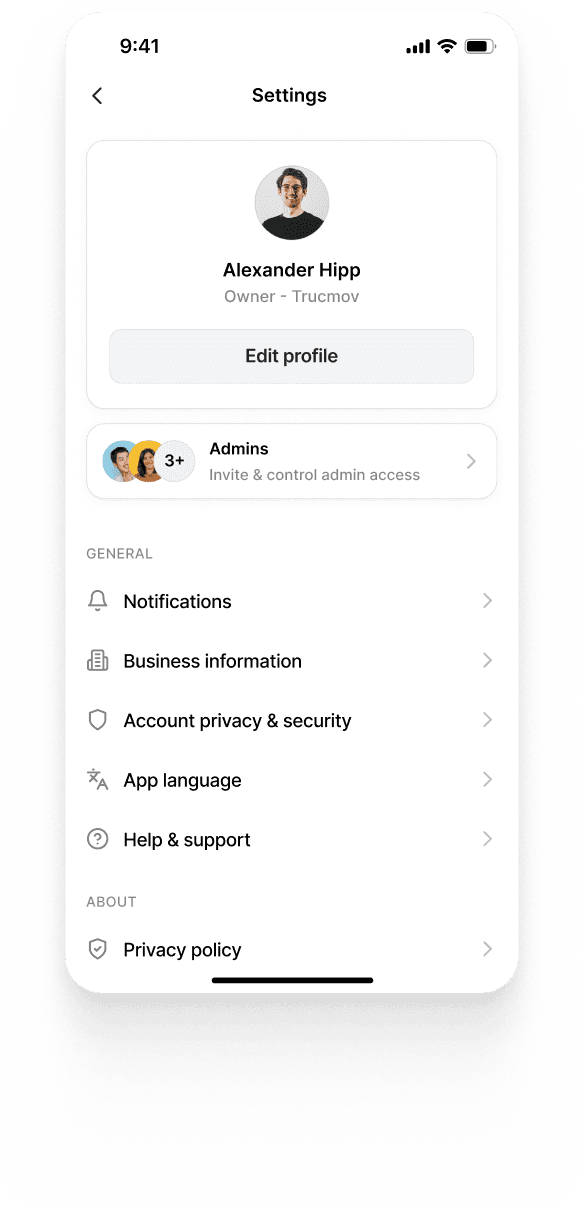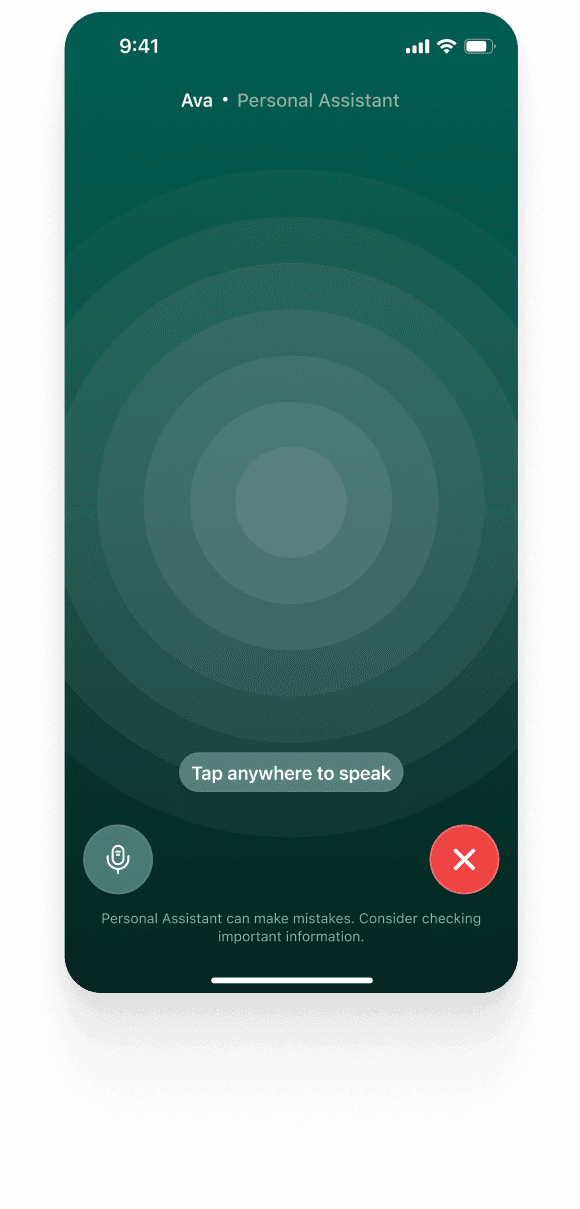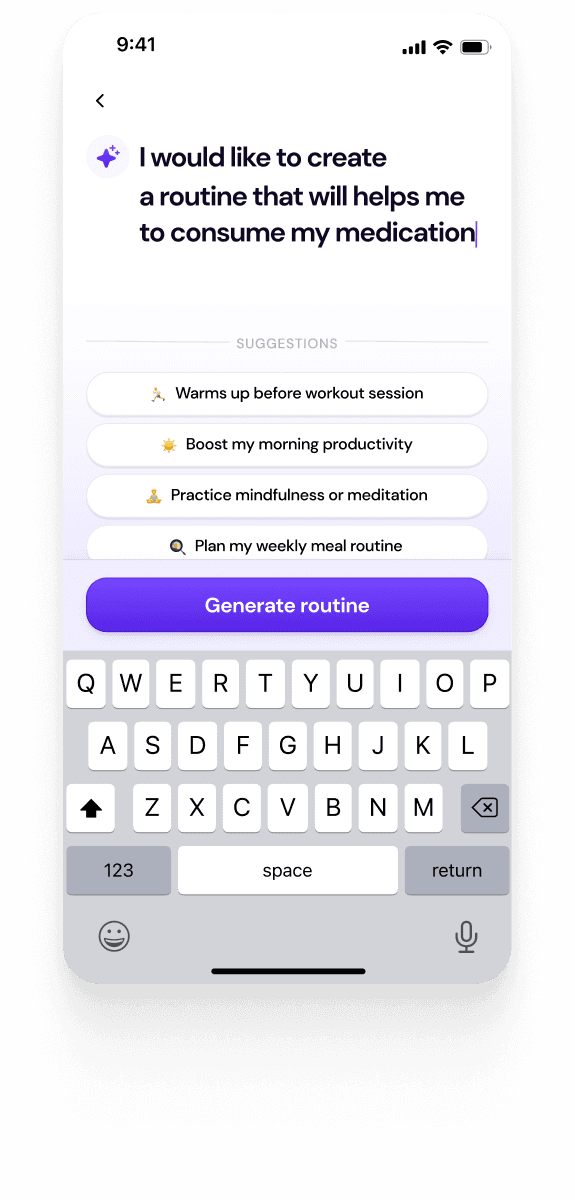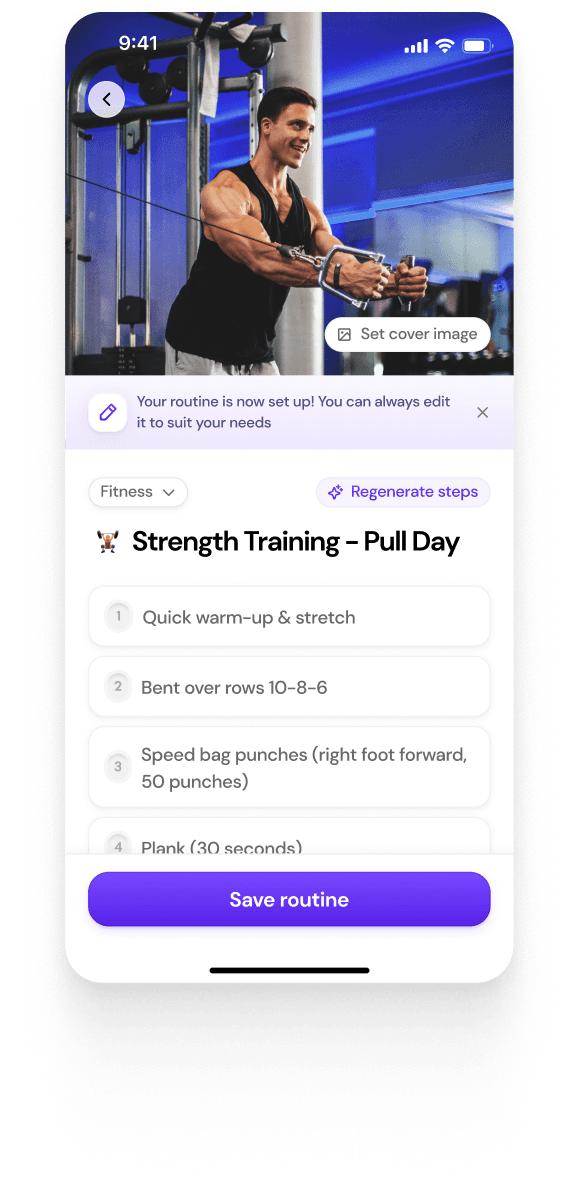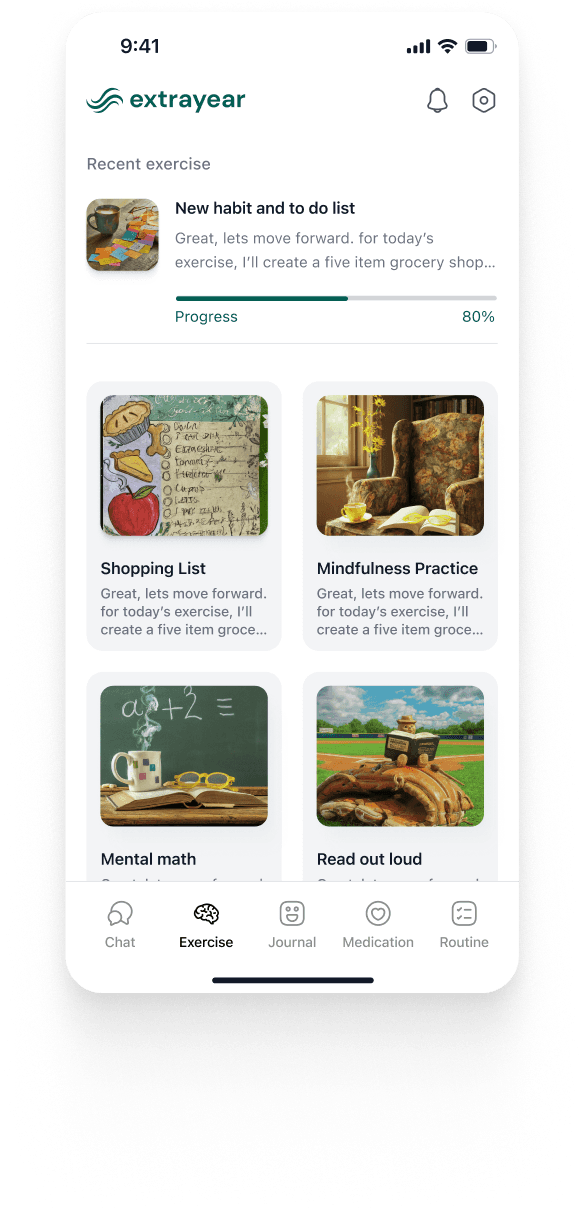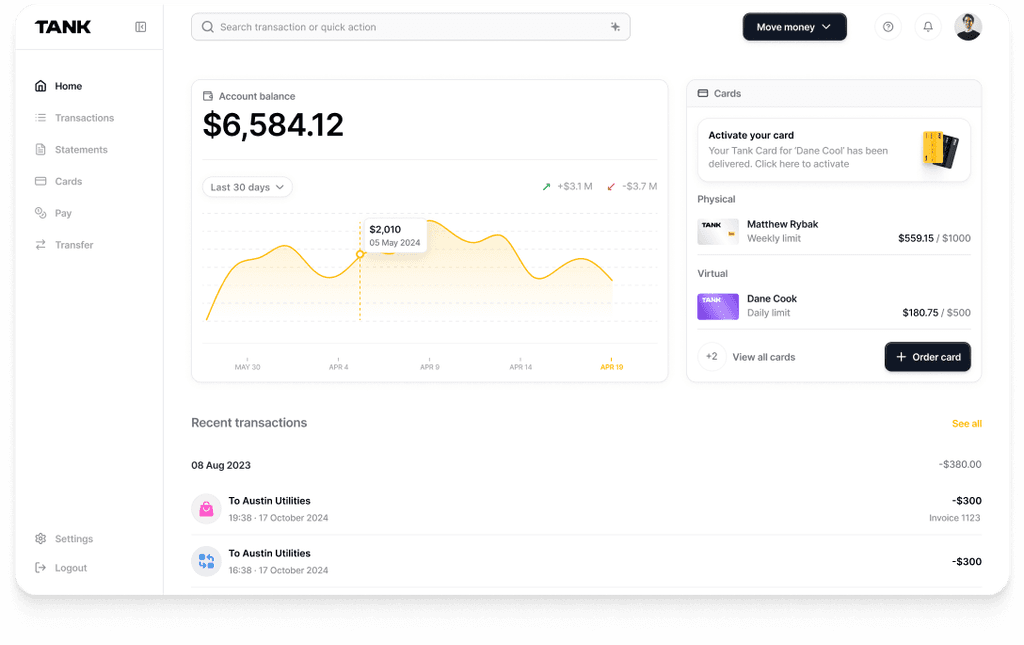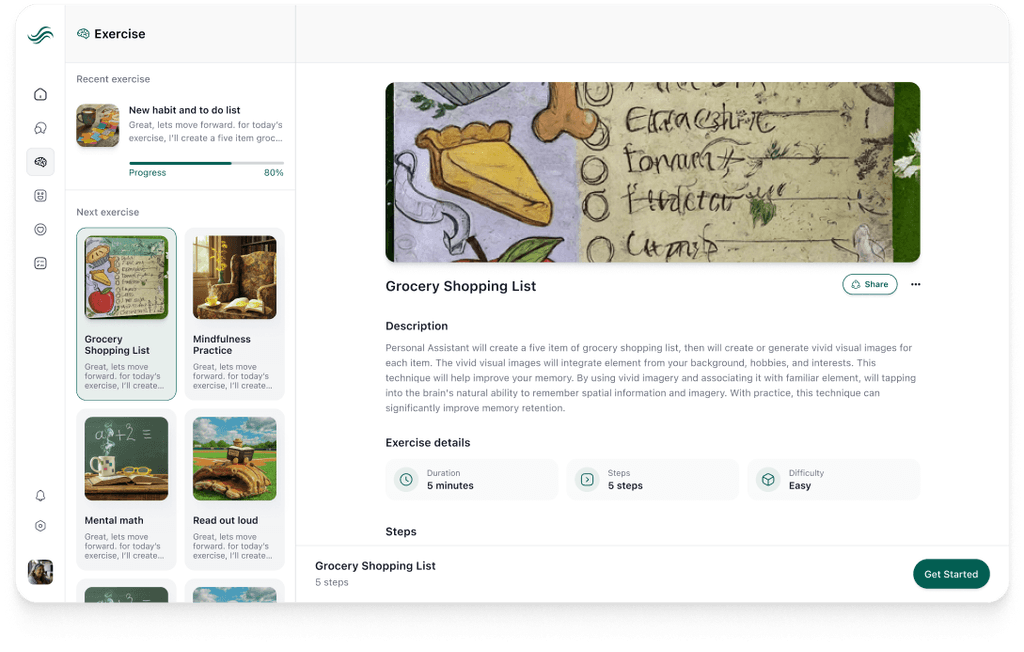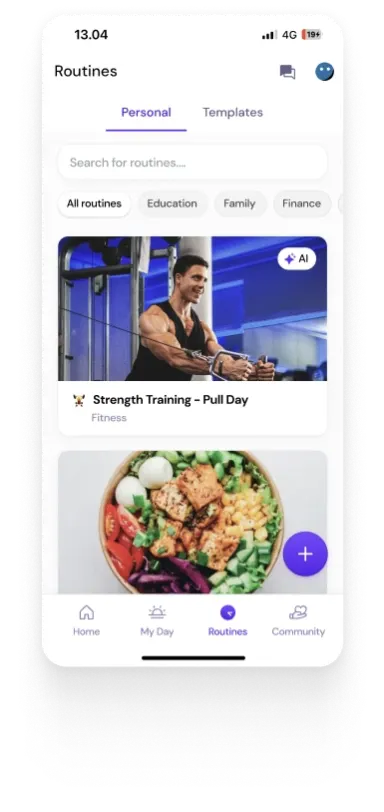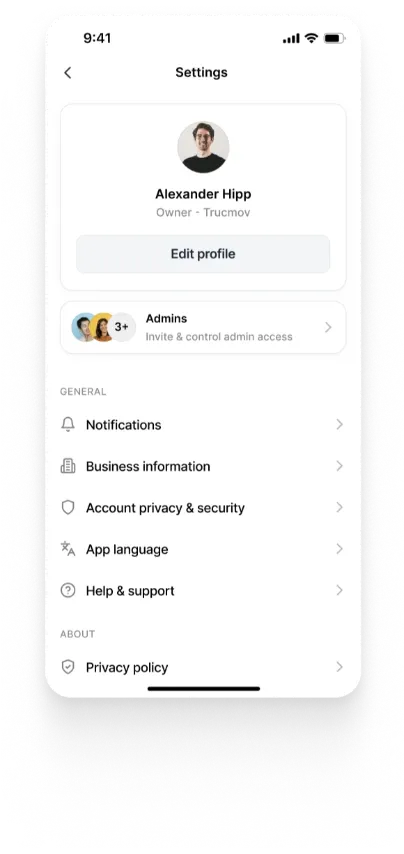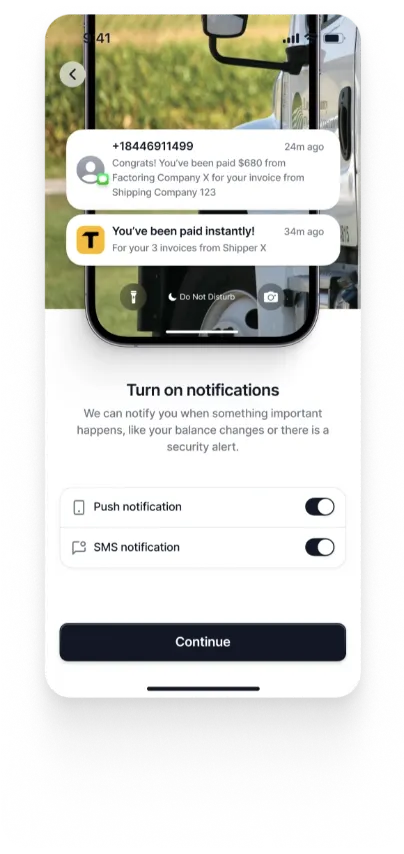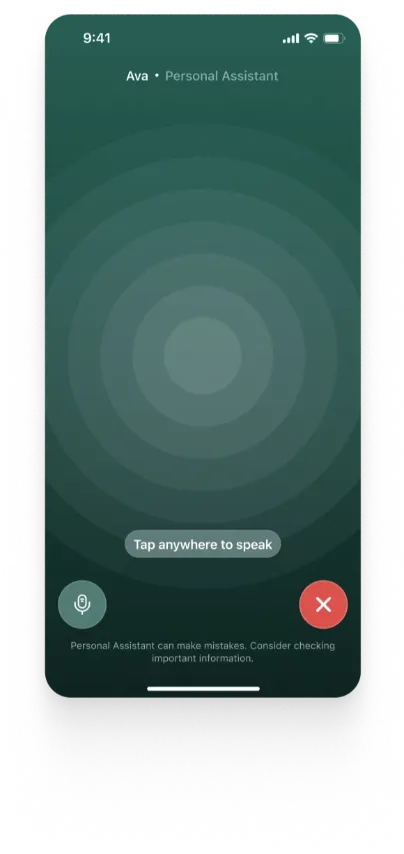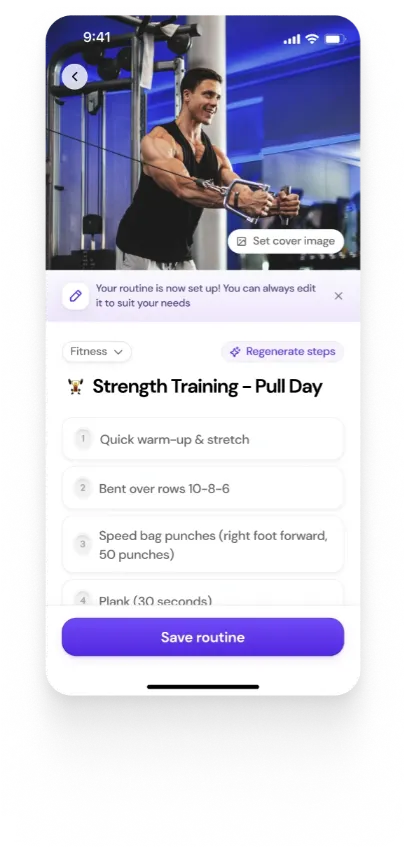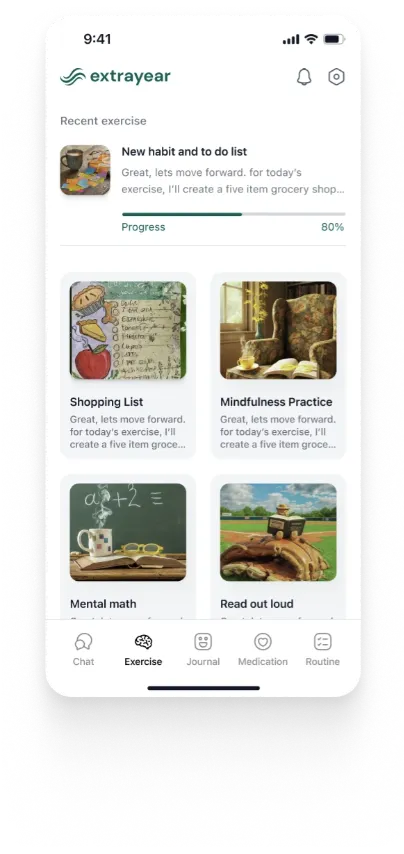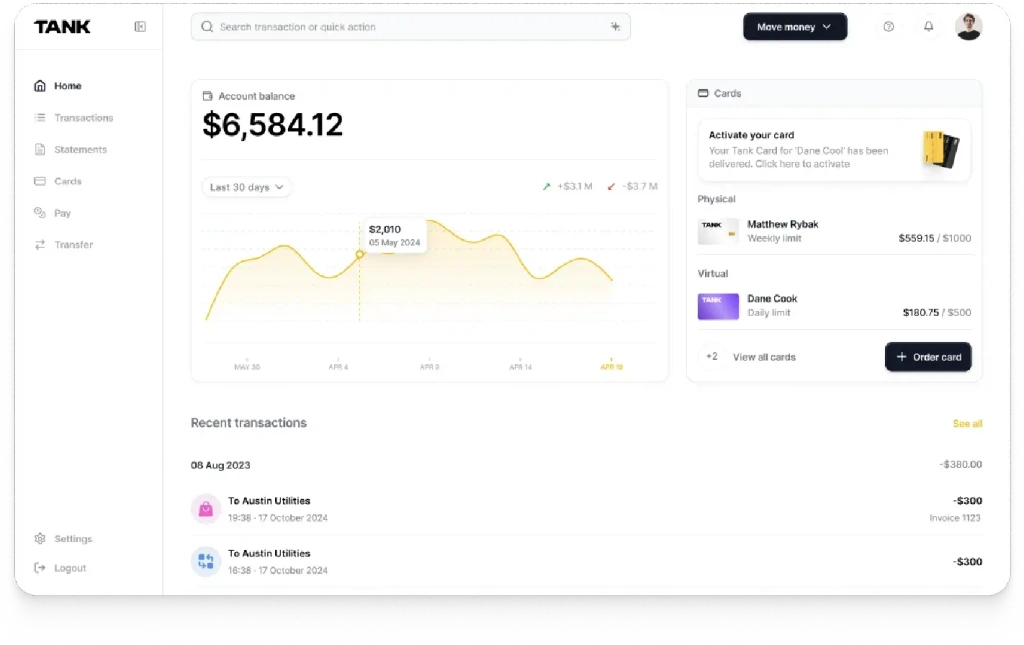Declarative State Management Meets AI: Structuring Flutter Apps with Best Practices
Mar 25, 2025
Summary
Steve fuses declarative state management with AI automation to generate scalable, maintainable Flutter apps. By leveraging frameworks like Bloc and Stacked, Steve structures apps with modular state layers, automates code generation, and maintains architectural consistency. This AI-declarative synergy enables rapid, reliable app development—complete with PR documentation, build validation, and live previews.
Key insights:
Declarative by Design: Steve uses Flutter’s declarative model to cleanly separate UI from logic, improving predictability and testability.
AI + State Awareness: Steve auto-generates and modifies state logic using Riverpod, Bloc, or Provider, while preserving architecture integrity.
Modular & Immutable States: The assistant prefers granular, immutable models to ensure scalable, low-risk updates across features.
Automated PR Documentation: State-level impacts are detailed in AI-generated pull requests, improving review visibility and traceability.
Optimized Deployment: Declarative structures reduce build errors; Steve deploys Flutter web apps via Firebase with zero manual setup.
Real-Time Collaboration: Developers describe features in natural language, and Steve handles logic injection, UI updates, and deployment.
Introduction
The confluence of declarative state management and artificial intelligence (AI) represents a transformative leap in modern app development—especially within the Flutter ecosystem. As developers seek to build robust, scalable, and maintainable applications, the synergy between AI-assisted workflows and state management principles becomes not only relevant but essential. This alignment becomes even more impactful within Steve’s AI Operating System, where Vibe Studio empowers developers to build, iterate, and deploy Flutter applications using a deeply integrated, intelligent backend infrastructure.
At the heart of this evolution is the declarative paradigm, which emphasizes the "what" of UI representation rather than the "how." By combining this approach with the dynamic capabilities of AI—ranging from code generation and error analysis to automated pull request documentation—Steve redefines what it means to build applications efficiently. Developers are no longer bound by the cognitive overhead of micro-managing UI states or navigating complex dependency chains. Instead, they are equipped with a responsive, AI-enhanced development environment that elevates both productivity and code quality.
In this insight, we will explore how declarative state management principles integrate with AI-powered engineering workflows to structure high-performance Flutter apps. We will highlight best practices, contextualize them within Steve's Vibe Studio, and illustrate how this integrated model fosters maintainability, accelerates deployment, and enhances collaboration across teams. Our analysis will span architectural considerations, workflow automation, AI-generated documentation, and real-world implications for modern development teams.
Declarative State Management: A Foundation for Clarity and Consistency
1. Understanding Declarative Paradigms in Flutter
Flutter’s UI framework is inherently declarative. Rather than instructing the UI on how to transition from one state to another imperatively, developers describe the desired UI structure based on the current app state. This results in more predictable UI behavior, cleaner code, and easier debugging.
Declarative state management patterns such as Provider, Riverpod, BLoC (Business Logic Component), and Cubit enable developers to encapsulate and modularize state logic. These patterns are designed to reduce boilerplate while maintaining a clear separation of concerns. As a result, Flutter developers can build UIs that respond fluidly to changes in state without manually updating widgets or managing view controllers.
In Steve’s context, this declarative foundation is not merely a stylistic choice—it is an architectural prerequisite. Vibe Studio interacts with Flutter state models to assess, generate, and modify code in a way that adheres to these patterns. When Steve's AI modifies or extends a Flutter project, it does so in harmony with the underlying state management logic, ensuring that the declarative architecture remains intact.
2. The Benefits of Declarative State Management in AI-Augmented Systems
Declarative state management simplifies AI-driven code generation. Since UI logic and state transitions are abstracted, the AI can focus on transforming high-level requirements into code expressions without being mired in imperative control flows. This improves the reliability of automated code synthesis, facilitates better testing coverage, and allows the AI to reason about the UI more effectively when generating or refactoring components.
For example, when a user requests a new feature through Vibe Studio—such as adding a dynamic cart summary to an e-commerce app—Steve identifies the relevant provider or bloc, integrates the required state fields, and modifies the UI widgets accordingly. Because the system operates on a declarative model, the AI can trace data flow from the business logic layer to the presentation layer without convoluted dependencies.
Steve’s AI Engineering Workflow: Amplifying Declarative Structure
1. Context-Aware File and State Identification
One of the hallmark features of Vibe Studio is its project memory system, which maintains a code bible that documents state flows, file structures, and dependencies. This context-aware architecture is critical when working within a declarative Flutter project.
When a developer initiates a feature request—such as enabling theme switching—the AI scans for relevant state providers, theme configurations, and UI entry points. The declarative nature of Flutter makes it easier for the AI to isolate components like ThemeProvider or MaterialApp configurations. It then generates Dart code that fits naturally into the existing architecture, without requiring the developer to restructure the application.
This context sensitivity minimizes regression errors and allows for iterative updates that respect the existing declarative design patterns, rather than overriding them with imperative hacks.
2. Automated State Injection and Dependency Management
Steve’s change request workflow includes a dependency analysis phase in which the system performs flutter pub get and dart run build_runner operations to validate new code. During this phase, the AI assesses the impact of injected dependencies on state models.
For instance, if a new data source is integrated (e.g., a remote API for news feeds), the AI determines whether a ChangeNotifierProvider, FutureProvider, or StateNotifierProvider is most appropriate. It then wires the dependency into the correct layer—whether through constructor injection, composition, or provider overrides—ensuring the declarative integrity of the application.
This intelligent state injection mechanism eliminates the guesswork typically involved in integrating new logic into existing architectures and allows for seamless scalability.
Best Practices for Declarative AI-Driven Flutter Apps
1. Align Business Logic with Declarative State Layers
To leverage Steve’s full AI potential, developers should enforce a clean separation of UI and business logic using Riverpod or BLoC patterns. This abstraction allows the AI to modify or augment app behavior without affecting UI code directly, reducing conflicts during automated code generation.
For example, if a developer wants to introduce a new user onboarding flow, placing all logic in a dedicated OnboardingCubit or OnboardingProvider simplifies AI intervention. Steve can then add routes, initialize state defaults, and update UI conditions without disrupting other parts of the app.
2. Use Immutable State Models to Improve Predictability
Declarative state is most effective when changes are predictable and easily tracked. Using immutable models with copyWith() methods enhances both maintainability and AI operability. When Steve needs to add a new field (e.g., isVerified) to a user profile model, the AI can auto-generate an updated model, refactor related classes, and apply consistent updates across the UI.
This consistency reduces the surface area for bugs and supports Steve’s automated PR documentation system in delivering accurate impact reports.
3. Maintain Granular, Modular State Units
Keeping state granular—such as separating user state, settings state, and UI control state—enables the AI to isolate changes and minimize cross-component interference. Steve’s AI relies on clear state boundaries to determine the minimal set of files that require modification, reducing build times and validation complexity.
When a feature like dark mode or push notification preferences is added, having modular states allows Steve to inject features without causing unintended ripple effects across the app.
Deployment and Performance Optimization with Declarative-AI Synergy
1. AI-Assisted Flutter Builds and Hosting
Once the AI finalizes its code modifications, Steve compiles the application into an optimized web app using the standard Flutter build process. This production-ready output is then deployed to Firebase Hosting via a fully automated CI/CD pipeline.
Because the build process operates on a clean, declarative state architecture, build-time errors are minimal. Steve’s dependency resolution cycle ensures that state dependencies are included, correctly versioned, and fully tested before deployment.
2. PR Documentation and State Impact Analysis
Steve’s AI-generated PR documentation outlines how state logic is modified, which providers or blocs are affected, and what UI behaviors are impacted. For example, if the AI modifies the CartBloc to support discount codes, the PR will include a summary of logic changes, references to affected files, and an updated test matrix to validate new state behaviors.
This transparency ensures that teams can review, approve, and merge changes with full visibility into architectural impacts.
Real-World Application: AI Flutter App Development in Action
Consider a cross-platform fitness app built with Flutter and deployed via Steve. The developer asks Vibe Studio to add a workout reminder feature. Here is how the process unfolds:
The AI identifies the WorkoutScheduleProvider and augments it with reminder logic.
It updates the UI with a toggle for reminders and a time selector using TimePickerDialog.
Firebase Messaging is configured to schedule and deliver local notifications.
The app is rebuilt, and the preview URL reflects the integrated feature.
The PR generated by Steve outlines the state logic changes, UI updates, new dependencies, and test coverage status.
All of this is accomplished without the developer writing a single line of state management code—demonstrating the power of declarative structure combined with AI automation.
Conclusion
The integration of declarative state management with AI-powered development workflows unlocks a new frontier in Flutter app development. By harmonizing clean architectural patterns with intelligent automation, Steve’s Vibe Studio empowers developers to build scalable, reliable applications faster than ever before. The declarative model simplifies state transitions, enhances AI reasoning, and ensures consistency across complex feature implementations.
Best practices such as using immutable state models, maintaining modular state boundaries, and aligning logic with state layers further amplify this synergy. As organizations seek to streamline development cycles and reduce technical debt, the combination of declarative design and AI-driven engineering offers a strategic path forward.
Build Declarative Flutter Apps with AI in Minutes
Steve's Vibe Studio automates Flutter app creation using declarative state patterns—Provider, Riverpod, Bloc—for clean, scalable, AI-modifiable code. Just describe your feature and deploy.










